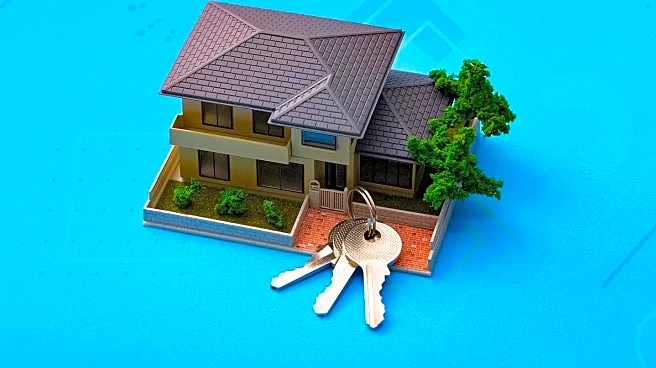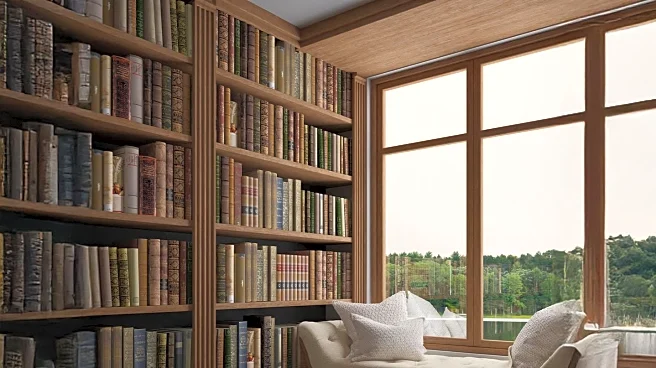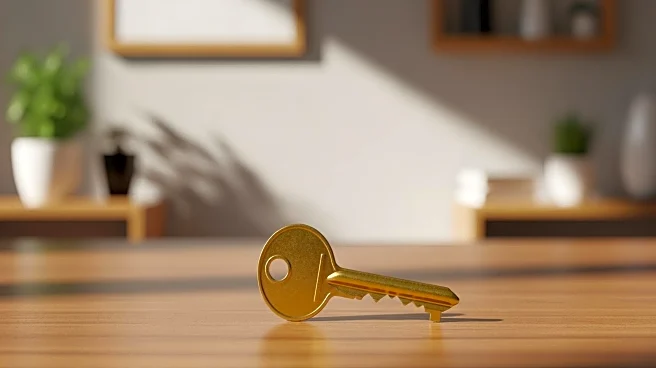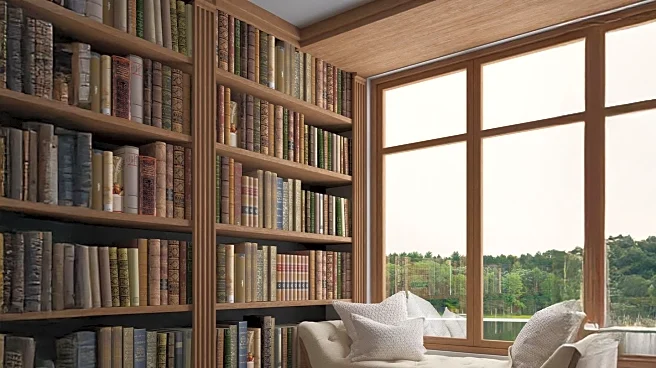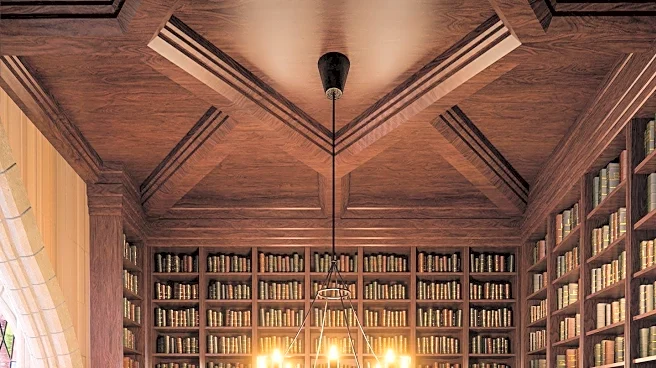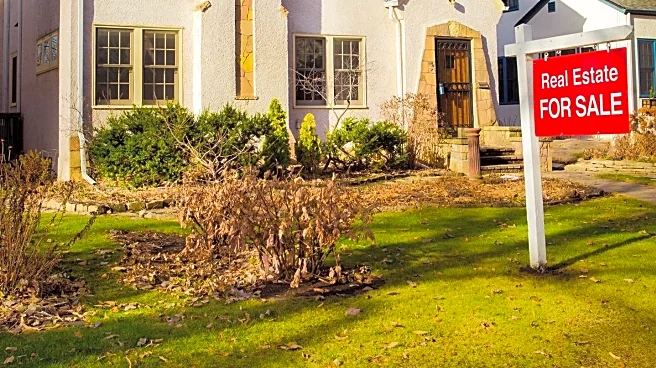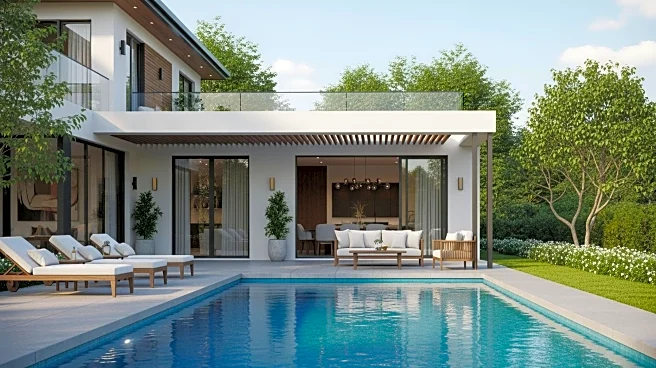What's Happening?
Experts in architecture and real estate have shared insights on identifying hidden spaces within homes, which may include secret rooms or passageways. Isfira Jensen, CEO and principal designer of Jensen &
Co. Interiors, and real estate expert Jackie Coffey have highlighted several indicators that could suggest the presence of concealed areas. These include unusually thick walls, doors that do not align, and mismatched windows. Jensen notes that seamless cabinetry and changes in flooring can also be clues, while Coffey points out that shorter hallways and cold drafts may indicate hidden spaces. These observations are particularly relevant for older homes, where renovations might have covered up access points or storage spaces.
Why It's Important?
The ability to identify hidden spaces in homes can significantly impact real estate evaluations and property investments. For buyers and investors, understanding these architectural quirks can reveal additional value or potential issues within a property. Hidden spaces might offer opportunities for expansion or renovation, increasing a home's market value. Conversely, undisclosed areas could pose challenges during property inspections or sales negotiations. Real estate professionals and homeowners can benefit from these insights by ensuring thorough evaluations and maximizing property potential.
What's Next?
Homeowners and real estate professionals may consider conducting more detailed inspections to uncover hidden spaces, potentially leading to renovations or adjustments that enhance property value. As awareness grows, architectural firms might offer specialized services to identify and utilize these concealed areas. Additionally, real estate listings could begin to highlight such features as unique selling points, attracting buyers interested in properties with historical or architectural intrigue.
Beyond the Headlines
The discovery of hidden spaces in homes touches on broader themes of architectural history and design evolution. These concealed areas often reflect past building practices and cultural attitudes towards privacy and security. As modern design trends emphasize open spaces and transparency, the fascination with hidden rooms may inspire innovative architectural solutions that blend historical charm with contemporary functionality.
